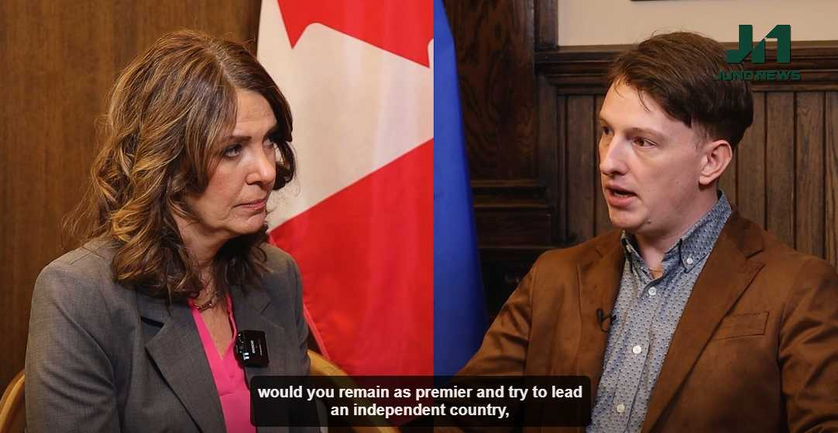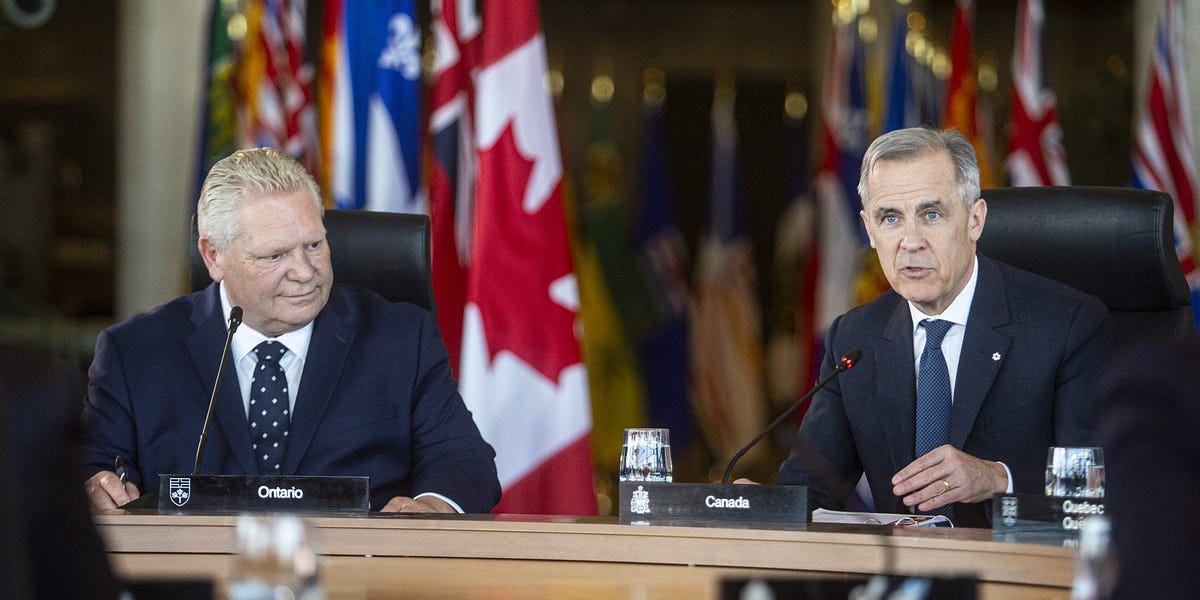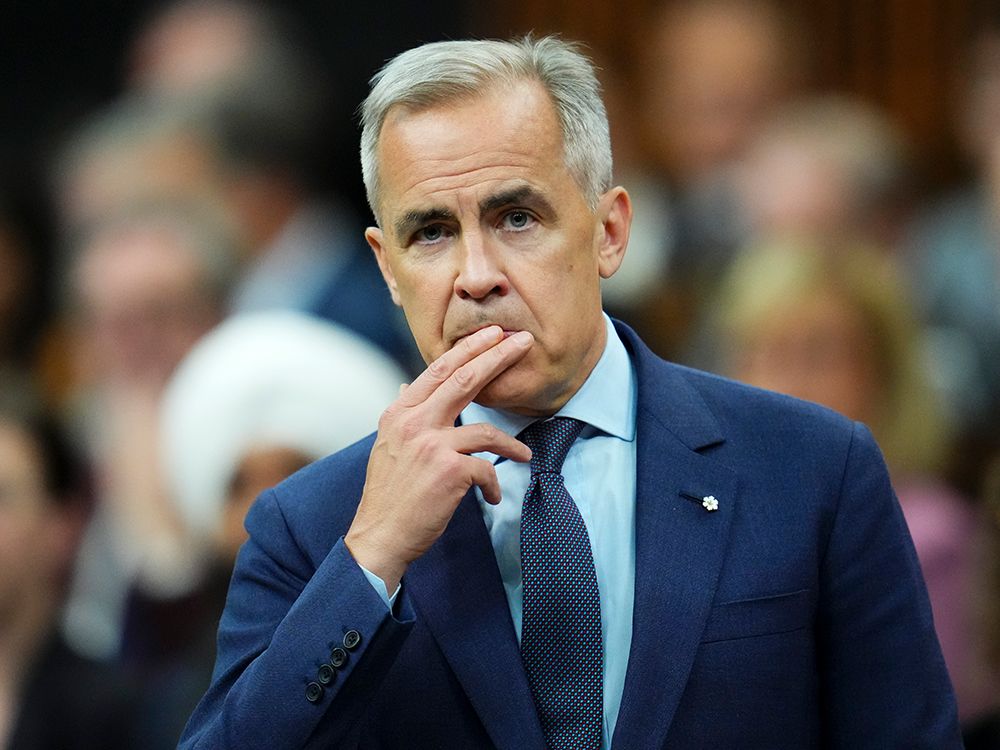
Donald Trump Was Right About Canada’s Role in the Drug Crisis
Donald Trump was right when he said Canada is playing a dangerous role in the North American drug crisis. For years, Canadian officials have downplayed the country’s place in the global drug trade—pretending our problems begin and end with a few unlucky addicts, rather than with the industrial-scale production and laundering operations happening right under our noses. However, Canada is not just a victim in this story. It’s a key hub.
This week, RCMP officers uncovered a massive “super lab” just forty-five minutes north of Toronto—a synthetic-drug facility capable of producing millions of dollars’ worth of fentanyl, methamphetamine, MDMA, and GHB. The operation, hidden in Schomberg, Ontario, was industrial in every sense.
Officers seized nearly $10 million in narcotics and chemical precursors, a pill press, firearms, drug “recipes,” and 20,000 litres of toxic waste. The bust involved a ten-day hazardous materials cleanup and the cooperation of multiple agencies.
The suspects—Christopher O’Quinn, Liang Xiong Guo, and Katie King—face thirty-three charges in total, including production, trafficking, and weapons offences. O’Quinn alone faces twenty counts tied to the manufacture of Schedule I drugs and possession of precursor chemicals. On paper, this looks like a major victory for law enforcement—a triumph against organized crime. But Canadians have seen this story before.
Just last year, another massive “super lab” was uncovered in the small town of Falkland, British Columbia — a facility described as the largest and most sophisticated synthetic-drug operation in Canadian history. Officers seized 390 kilograms of methamphetamine, 54 kilograms of fentanyl, 35 kilograms of cocaine, and nearly 90 firearms. It was an industrial-scale drug empire hidden in a town of fewer than a thousand people — a site capable of manufacturing enough fentanyl to kill millions.
Yet despite the staggering scale of the operation, only one suspect, Gaganpreet Randhawa, has been publicly charged. No other arrests have been announced, and the case has largely faded from public attention.
These busts are flashy. They make for strong press conferences. But they fail to address the real problem: the entrenched criminal networks that have captured Canada’s ports, housing markets, and even financial institutions. Money laundering, by the government’s own estimates, now rivals some of Canada’s top 10 largest industries, with $45 billion to $113 billion in illicit funds flowing through real estate and shell companies each year—while politicians look the other way.
Until our leaders confront the system itself—the ports, the banks, the bureaucrats who enable it—these busts are theatre. If Canada refuses to root out the corruption at the top, then we must face the truth: this is no longer a nation governed by laws. It is a nation run by criminals—for criminals.
https://www.blendrnews.com/p/top-down-blunder
Danielle Smith’s final interview of the year
https://www.junonews.com/p/watch-danielle-smiths-final-interview
















